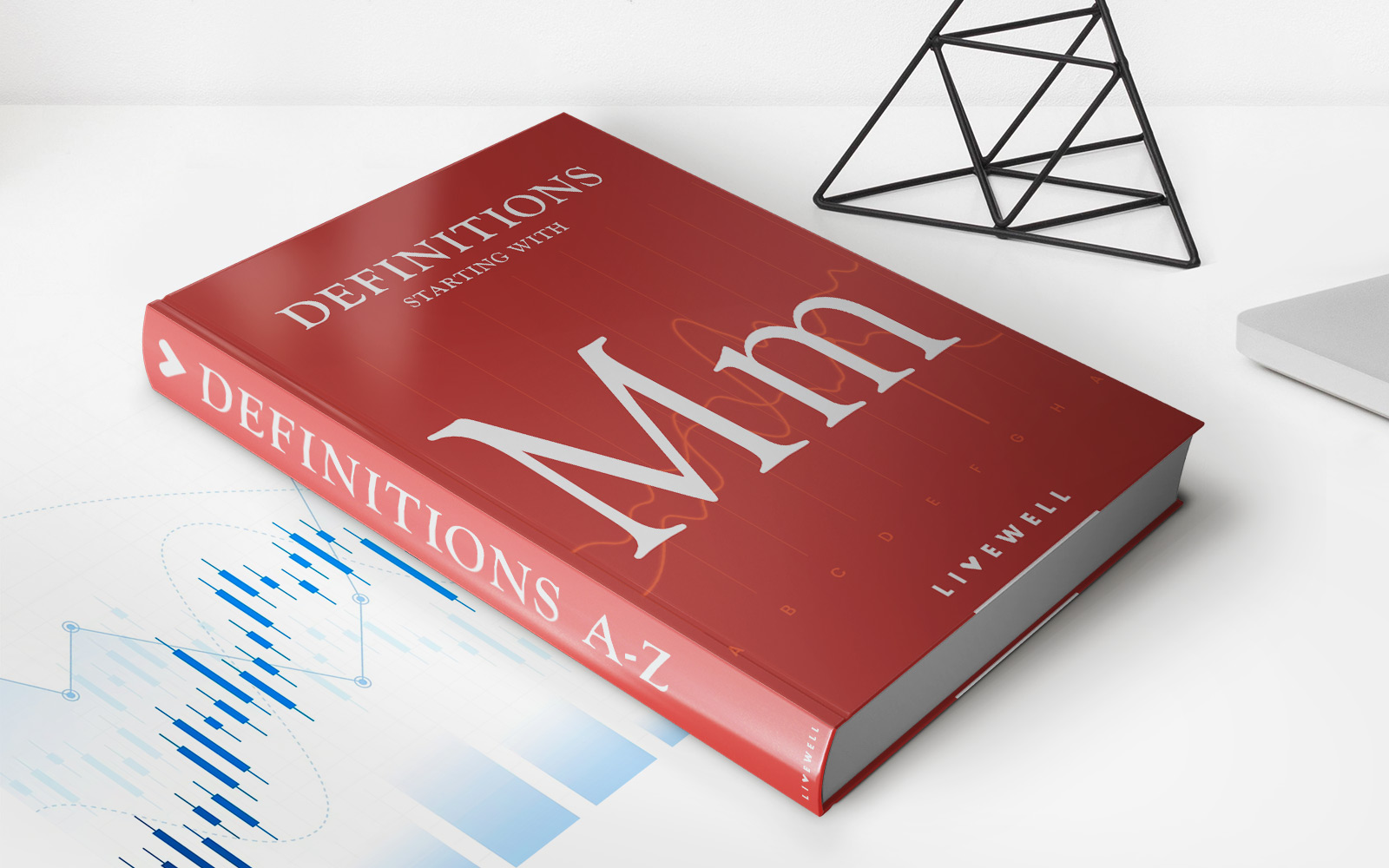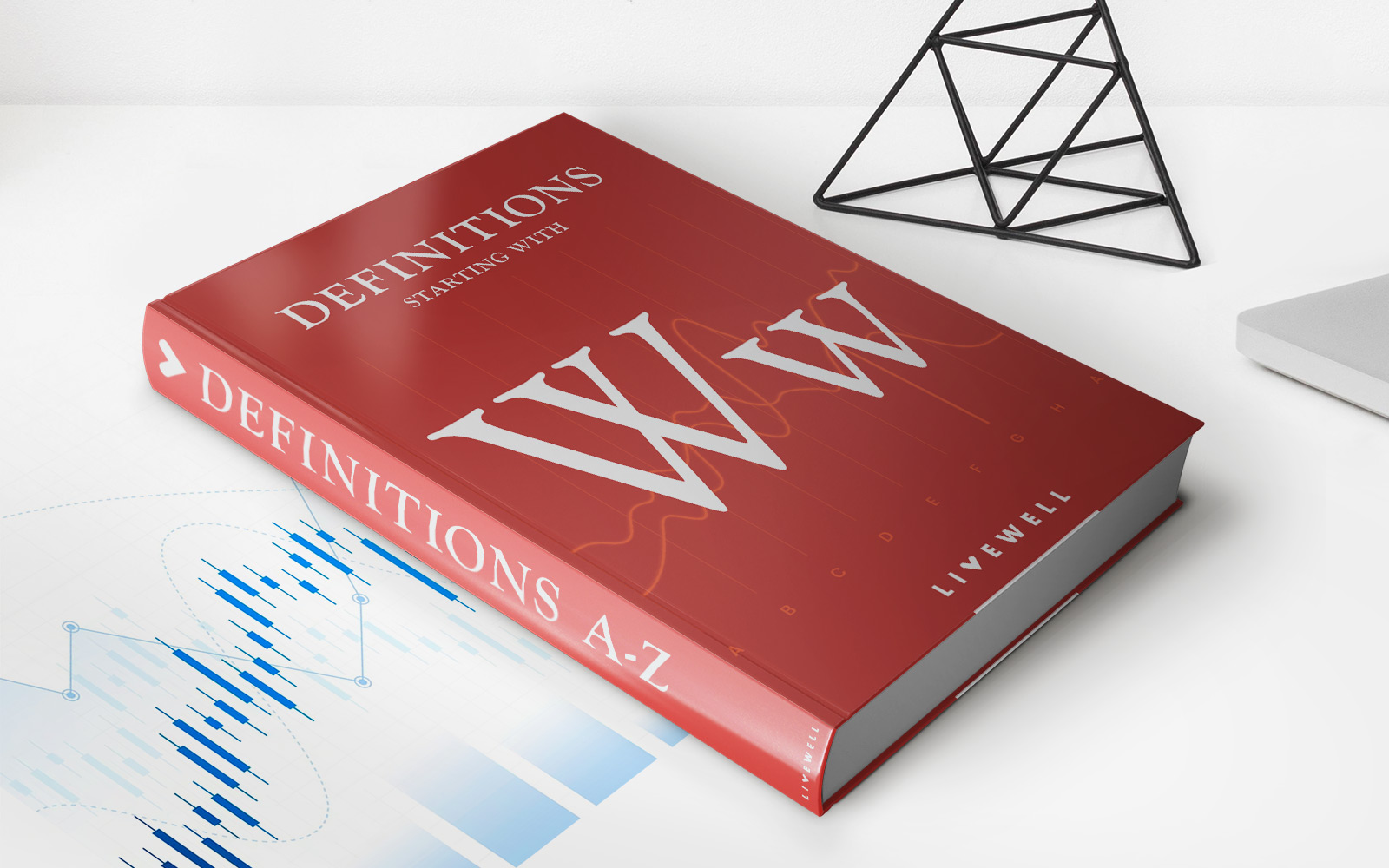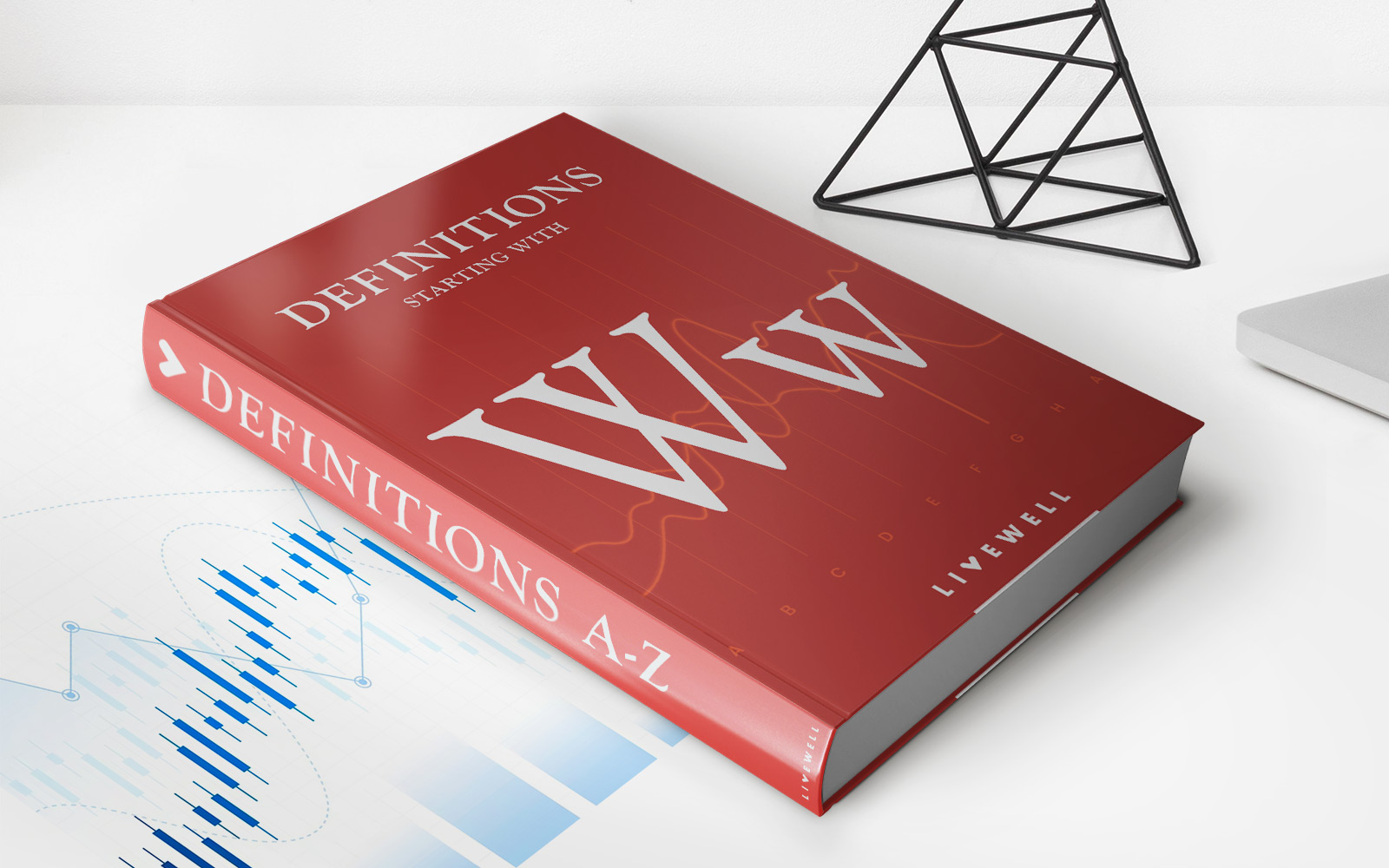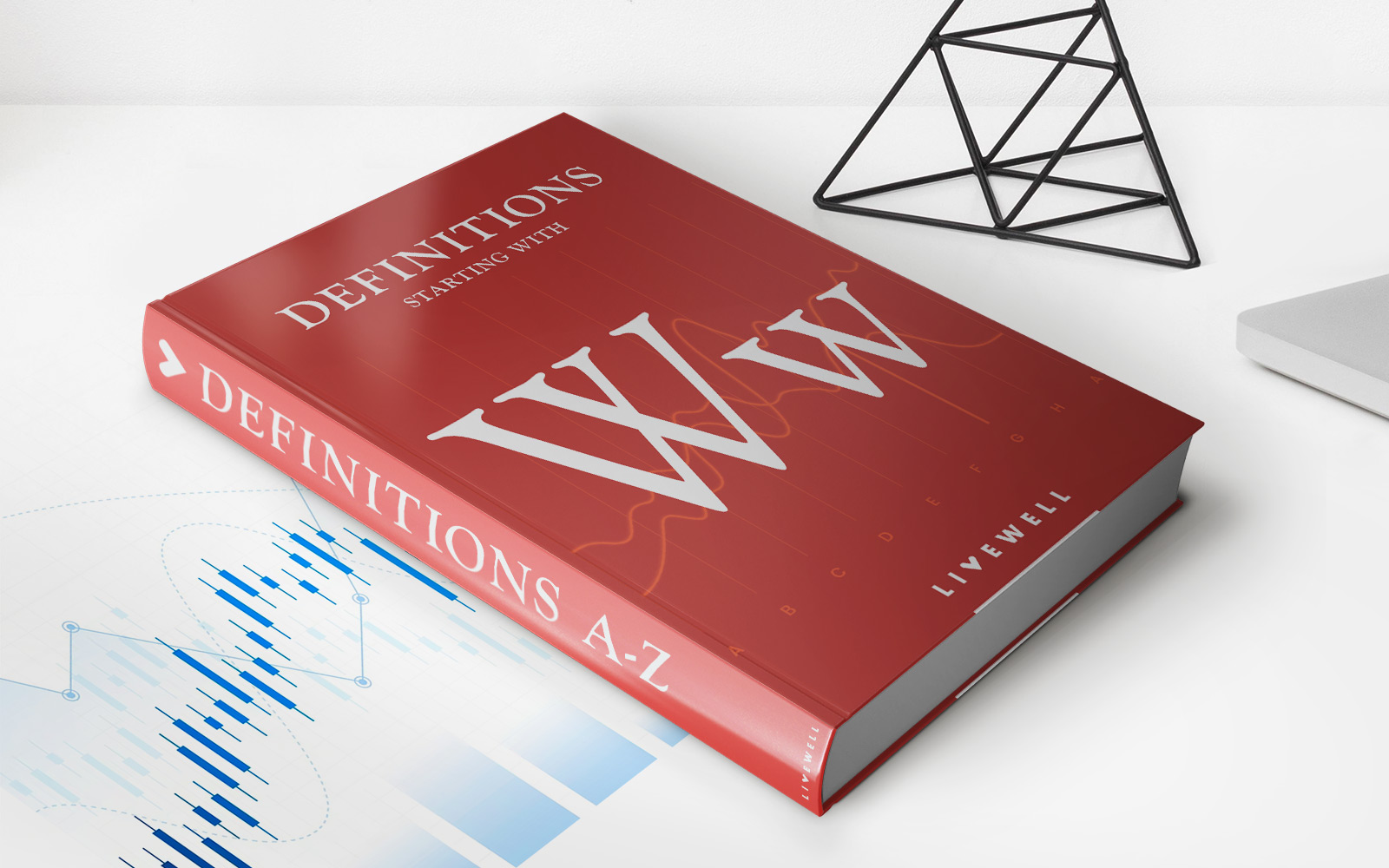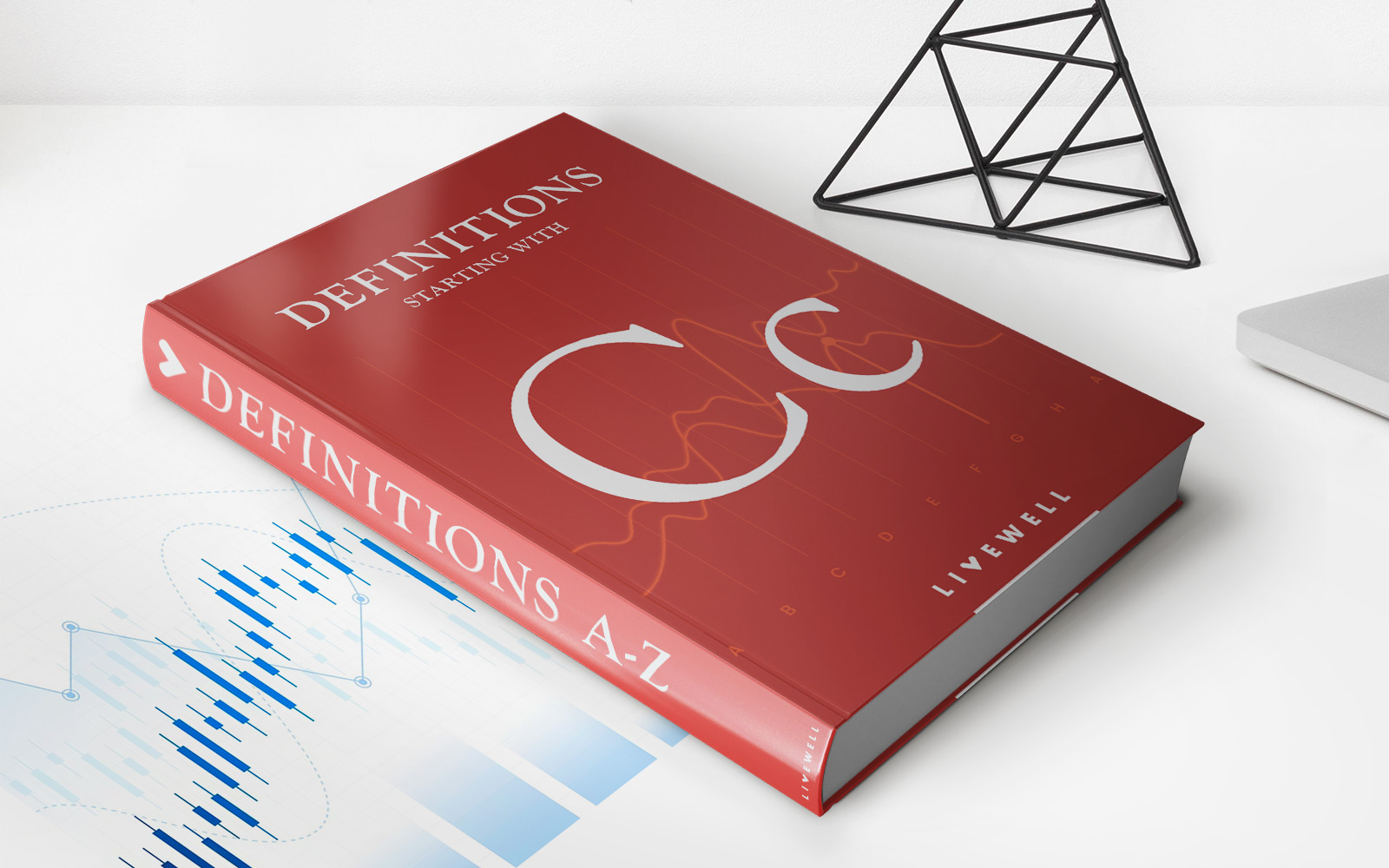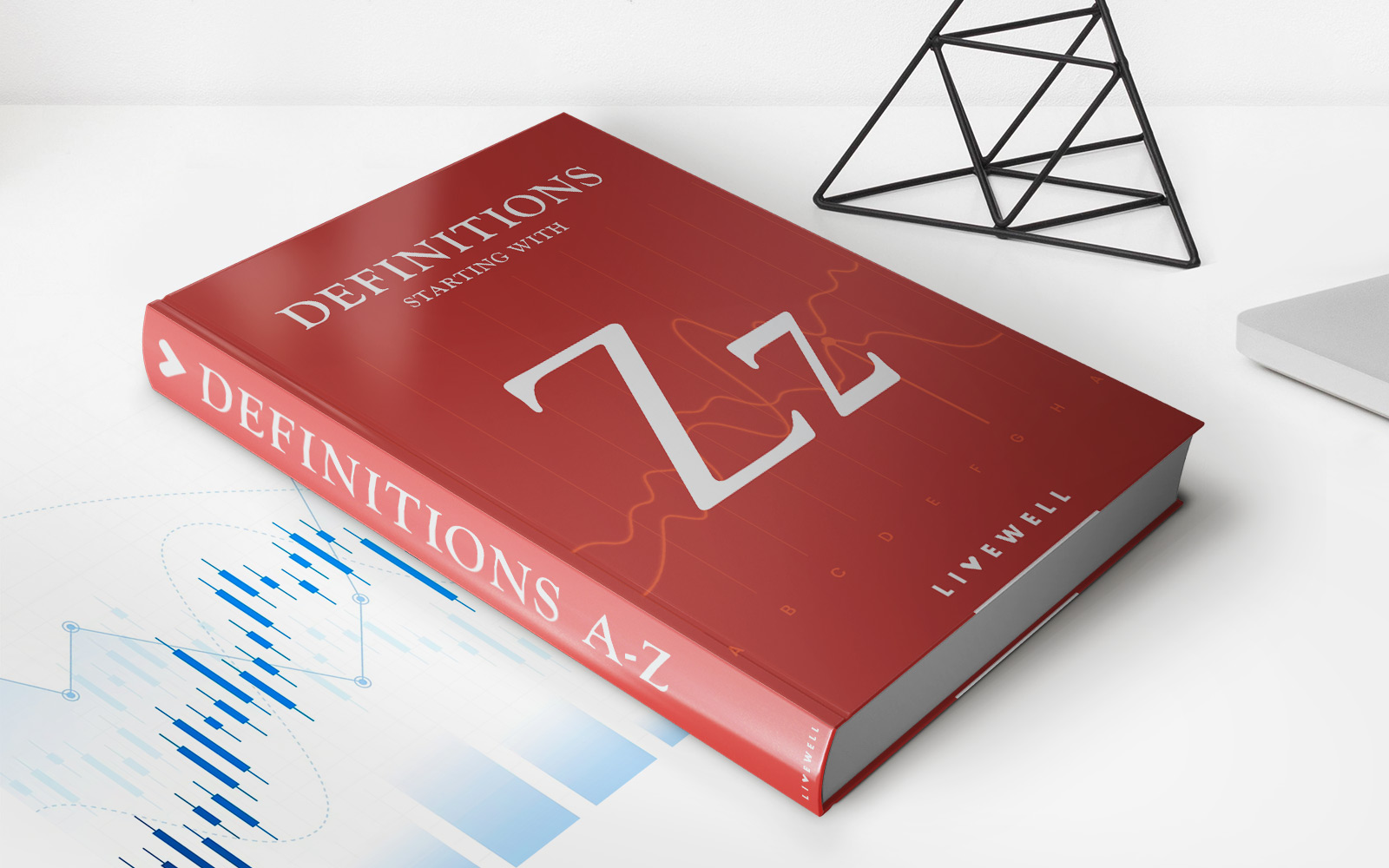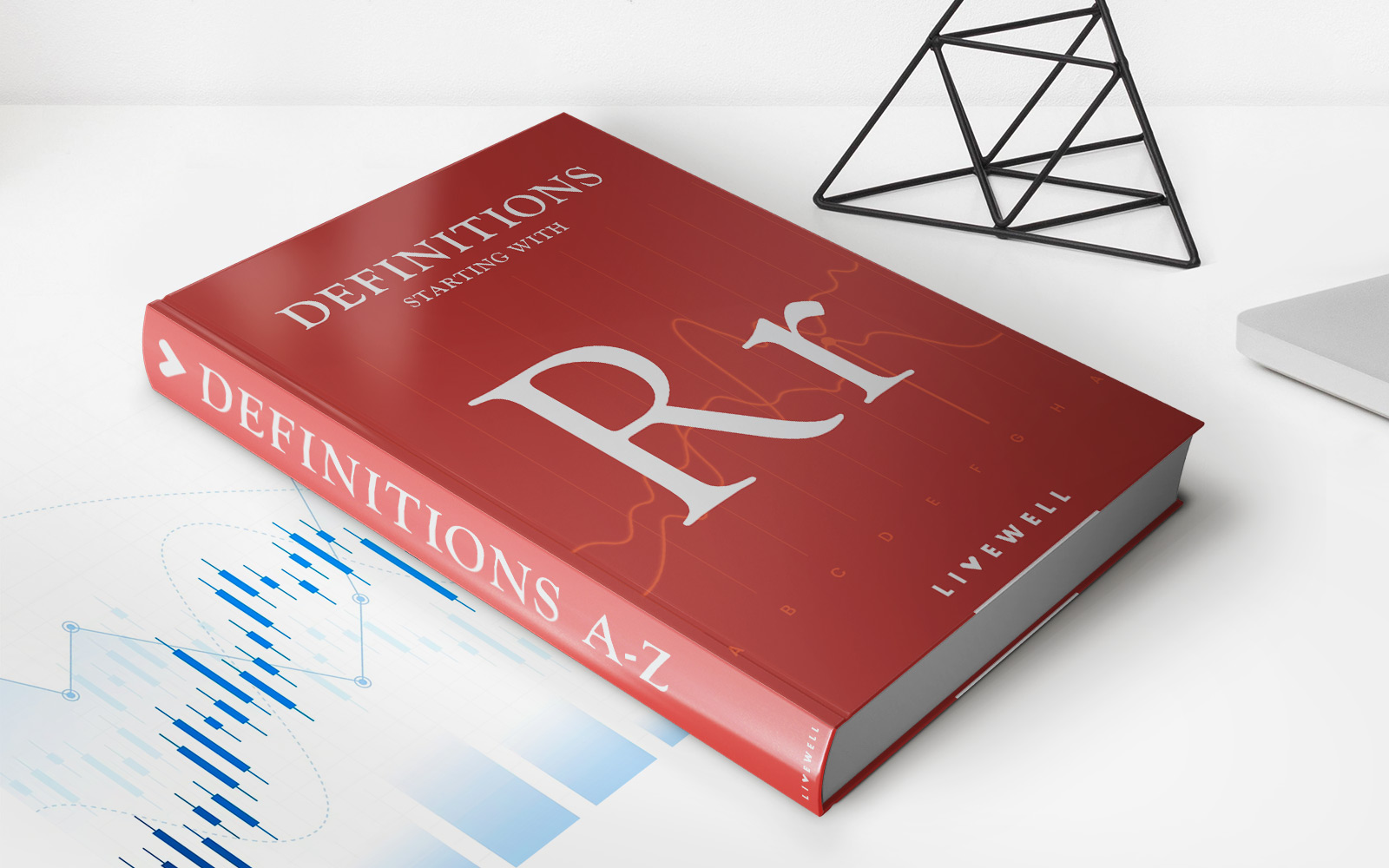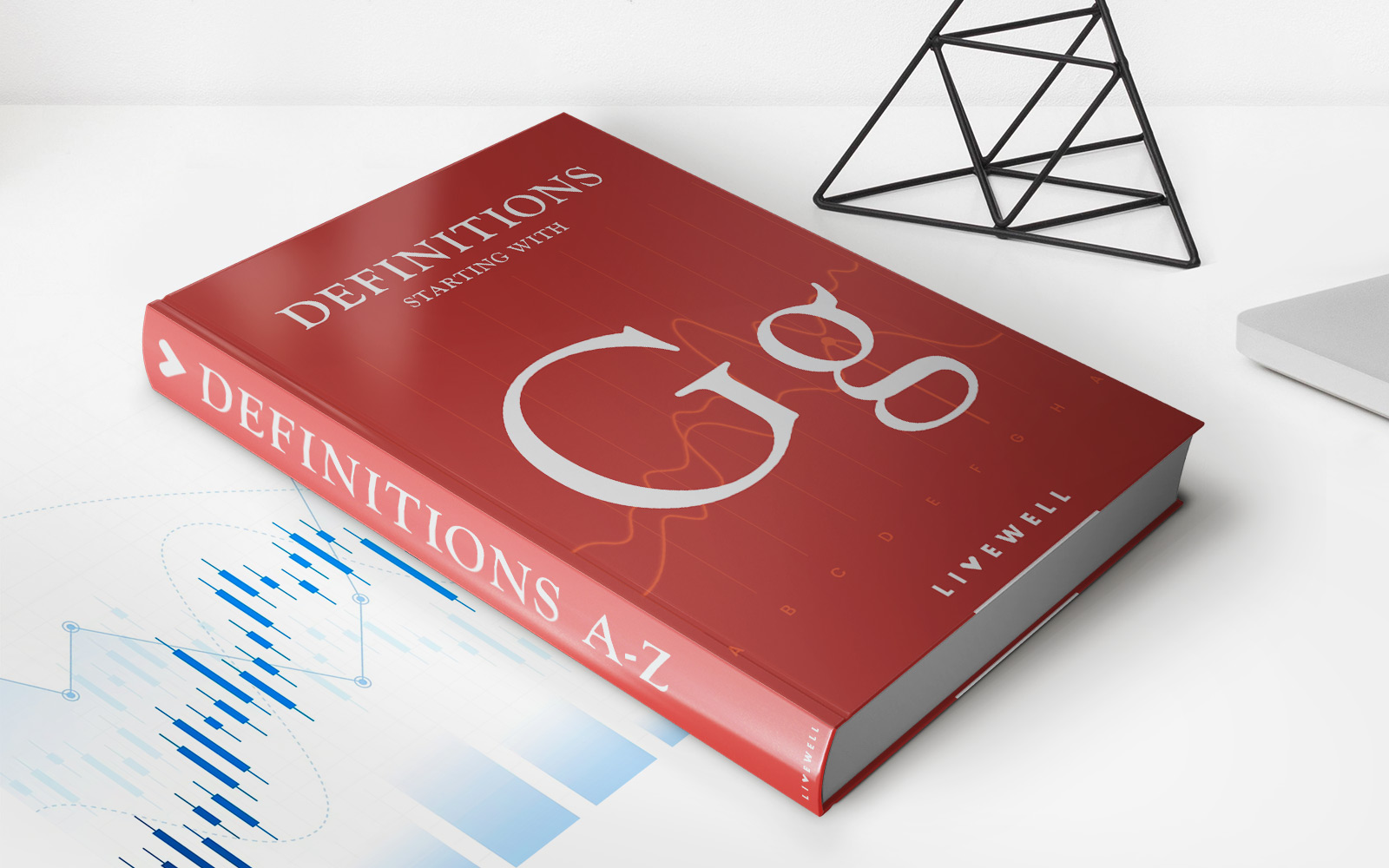

Finance
Benchmark For Correlation Values Definition
Published: October 15, 2023
Discover the benchmark for correlation values in finance with our comprehensive definition guide. Enhance your understanding of financial analysis and decision-making.
(Many of the links in this article redirect to a specific reviewed product. Your purchase of these products through affiliate links helps to generate commission for LiveWell, at no extra cost. Learn more)
Unlocking the Power of Correlation Values in Finance
Welcome to our Finance category, where we delve into the intriguing world of financial concepts and strategies. Today, we’re going to explore the topic of correlation values and their significance in understanding the relationships between different financial assets. So, if you’ve ever wondered how these values can help you make informed investment decisions, you’re in the right place!
Key Takeaways:
- Correlation values measure the degree of linear relationship between two variables.
- Understanding correlation values can help investors diversify portfolios and manage risk effectively.
So, what exactly are correlation values? In finance, correlation values represent the statistical measure of the relationship between two variables. These variables can be anything from stock prices, interest rates, commodity prices, or even economic indicators. Correlation values range from -1 to +1, where -1 indicates a perfect negative relationship, +1 indicates a perfect positive relationship, and 0 indicates no relationship at all.
Now, you might be wondering, how can correlation values benefit you in the world of finance? Well, let’s take a closer look:
Diversification and Risk Management
Correlation values play a crucial role in diversifying portfolios. By analyzing the correlation values between various assets, investors can determine the extent to which these assets move in tandem or opposite directions. This information allows them to create balanced portfolios that are not overly exposed to a single type of asset. Diversification spreads risk and helps protect investments in case one asset class performs poorly.
For example, if an investor only held stocks and the correlation between stocks and the overall market was +1, their portfolio would be highly susceptible to market fluctuations. However, by including negatively correlated assets such as bonds or commodities, they can reduce the overall risk of their portfolio.
Predicting Future Trends
Another advantage of understanding correlation values is the ability to predict future trends. By analyzing historical data and identifying correlations, investors can identify opportunities for potential gains or losses. For instance, if two assets historically have a positive correlation and one of them experiences a significant price increase, it’s likely that the other asset will also experience a similar upward movement.
On the other hand, negative correlations can help in hedging against potential losses. If one asset historically moves in the opposite direction of another, investors can use that information to protect their investments in case the first asset starts to decline.
By comprehending the relationship between different variables, investors can make more informed decisions, reduce risk, and improve their chances of success in the financial markets.
So, the next time you come across correlation values while analyzing financial data, remember their importance in diversification, risk management, and predicting future trends. Harness the power of correlation values to enhance your investment strategies and unlock your financial potential!




